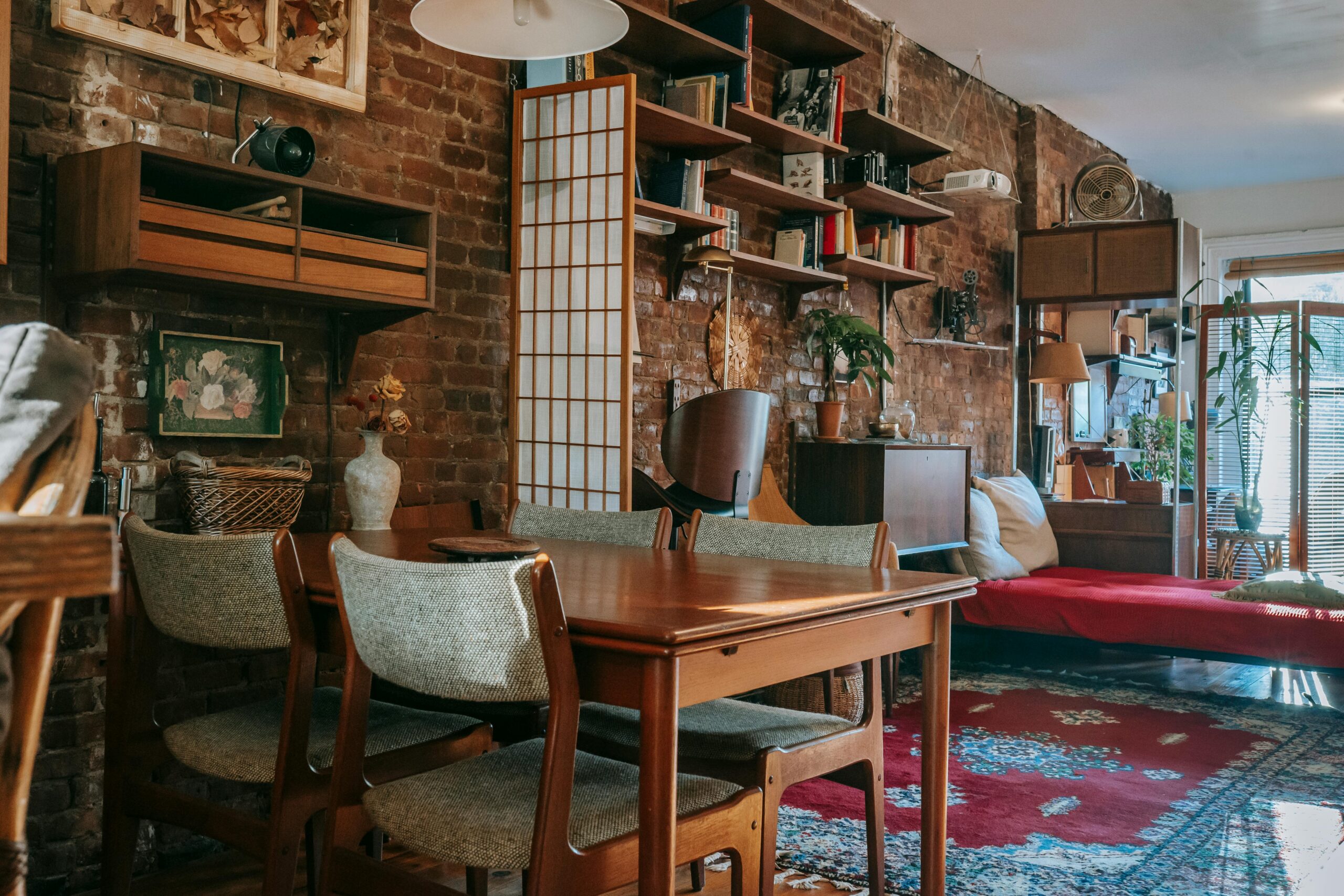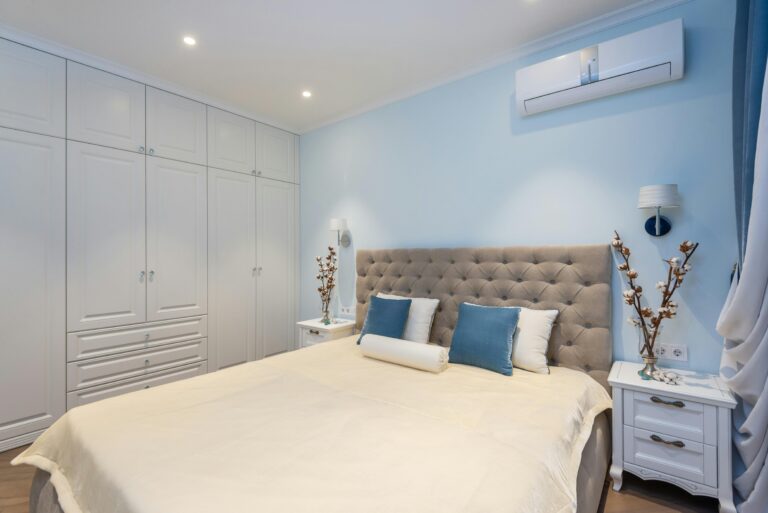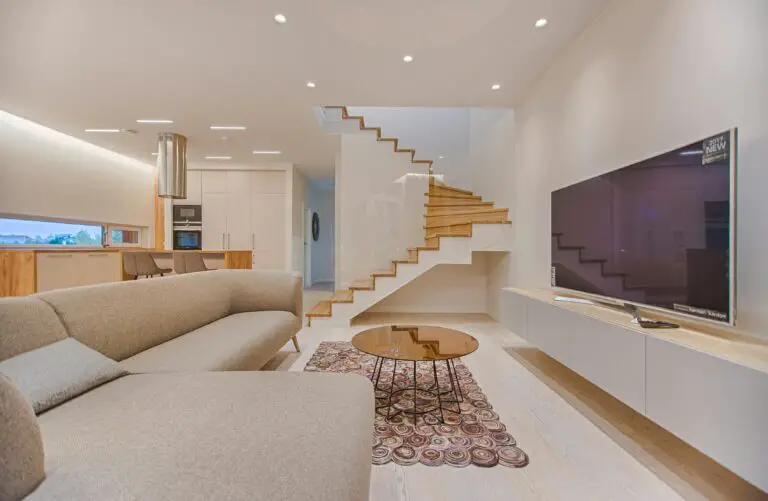When it comes to interior design, there’s something undeniably captivating about bold patterns. In eclectic interior design, where the rules are meant to be broken and creativity knows no bounds, bold patterns are a natural fit.
Eclectic interior design celebrates individuality, blending elements from different styles, eras, and cultures to create a truly unique and personalized space. Incorporating bold patterns adds another layer of visual interest and complexity, allowing you to showcase your personality and create a space that feels vibrant, dynamic, and full of character.
In this article, we’ll delve into the world of bold patterns and explore incorporating bold patterns in eclectic interior design. From choosing the right patterns to mixing and matching with confidence, we’ll cover everything you need to know to infuse your home with eclectic charm.
1. Embrace Variety and Contrast
The beauty of eclectic interior design lies in its embrace of diversity and contrast. When incorporating bold patterns into your eclectic space, don’t be afraid to mix and match different patterns, textures, and colors. Experiment with contrasting elements to create visual interest and depth.
Pair a bold geometric rug with a floral accent chair, or layer vibrant throw pillows atop a graphic print sofa. The key is to embrace variety while maintaining a sense of cohesion through complementary colors or shared design elements.
2. Start Small, Think Big
If you’re new to incorporating bold patterns into your interior design, it’s okay to start small and gradually work your way up to bolder choices. Begin by introducing subtle patterned accents, such as throw pillows, curtains, or artwork, into your space.
Once you feel comfortable, you can gradually incorporate larger and more daring patterns, such as wallpaper or upholstery. Remember, there are no hard and fast rules in eclectic design, so trust your instincts and let your creativity guide you.
3. Create Visual Balance
When working with bold patterns, it’s essential to create visual balance to prevent your space from feeling overwhelming or chaotic. Balance bold patterns with neutral elements, such as solid-colored furniture or minimalist accessories, to allow the patterns to shine without competing for attention.
Consider the scale and intensity of each pattern and distribute them strategically throughout the room to achieve harmony and cohesion.
4. Mix Textures for Added Depth
Incorporating a variety of textures is a hallmark of eclectic interior design, and it can enhance the impact of bold patterns in your space. Mix and match different textures, such as rough wood, plush fabrics, and metallic accents, to add depth and dimension to your decor. Textured elements can complement bold patterns by providing contrast and tactile interest, creating a visually dynamic and inviting space.
5. Use Patterns to Define Zones
In an eclectic space where boundaries are blurred and styles blend seamlessly, bold patterns can be used to define specific zones or areas within a room. Consider using a bold patterned rug to anchor a seating area or a statement wallpaper to delineate a dining nook. By using patterns strategically, you can create visual cues that guide the eye and add structure to your space without sacrificing the eclectic vibe.
Conclusion
Bold patterns are a powerful tool in the arsenal of the eclectic interior designer, offering endless possibilities for creativity and self-expression. Whether you’re drawn to vibrant geometric prints, whimsical florals, or daring animal motifs, there’s a bold pattern out there to suit every taste and style. By embracing variety, starting small, and creating visual balance, you can incorporate bold patterns into your eclectic interior design scheme with confidence and flair. So go ahead, unleash your inner pattern enthusiast, and transform your space into a bold and beautiful reflection of your unique personality.
Frequently Asked Questions (FAQs)
1. How do I mix and match bold patterns without overwhelming my space?
Mixing and matching bold patterns can be intimidating, but the key is to embrace variety while maintaining visual balance. Start by choosing one dominant pattern as your focal point and complement it with smaller-scale or subtler patterns. Consider the scale, color palette, and intensity of each pattern, and use neutral elements to anchor the space and prevent it from feeling overwhelming.
2. Can I incorporate bold patterns into a small room?
Absolutely! Bold patterns can actually be quite effective in small rooms, as they can create visual interest and distract from the limited square footage. Consider using bold patterns strategically, such as on an accent wall or in smaller doses through accessories like throw pillows or artwork. Just be mindful of scale and avoid overcrowding the space with too many competing patterns.
3. How do I know which bold patterns will work well together?
When mixing bold patterns, consider the scale, color palette, and style of each pattern. Look for common elements or themes that tie the patterns together, such as shared colors or complementary motifs. Experiment with different combinations to see what feels harmonious and balanced to you, and don’t be afraid to trust your instincts and take risks.
4. Are there any patterns that don’t mix well together?
While there are no hard and fast rules in eclectic interior design, some patterns may clash or compete for attention if not paired thoughtfully. For example, mixing two large-scale patterns with similar intensity may overwhelm the space, while combining patterns with vastly different styles or motifs can create visual discord. When in doubt, start with patterns that share a common color palette or theme and build from there.
5. How can I incorporate bold patterns into a minimalist or neutral color scheme?
Bold patterns can add a pop of personality and visual interest to a minimalist or neutral color scheme. Consider using bold patterns sparingly as statement pieces, such as on an accent wall, area rug, or piece of furniture. Opt for patterns with a restrained color palette or subtle motifs that complement rather than compete with the simplicity of the space.



